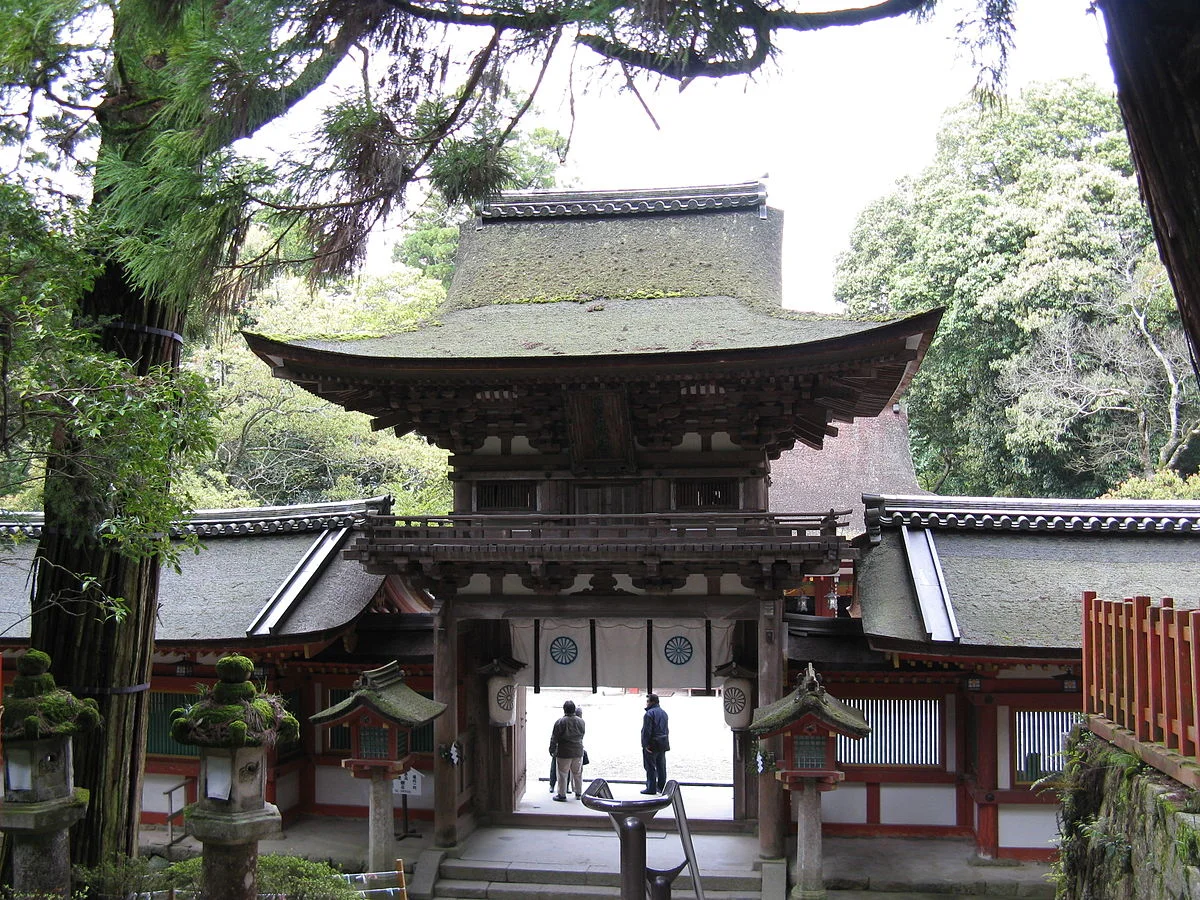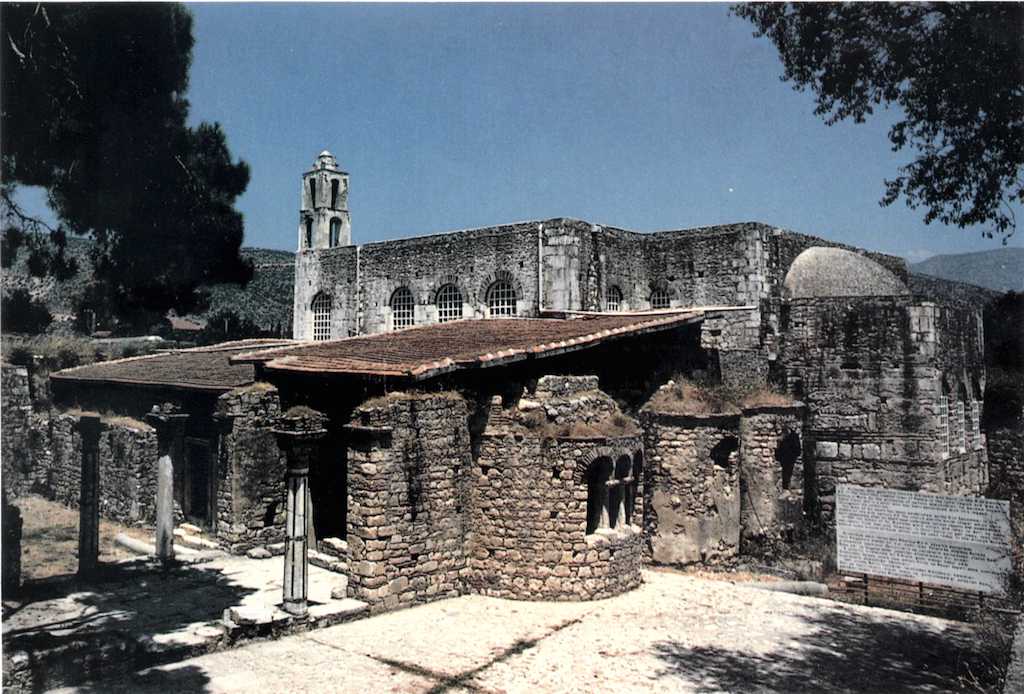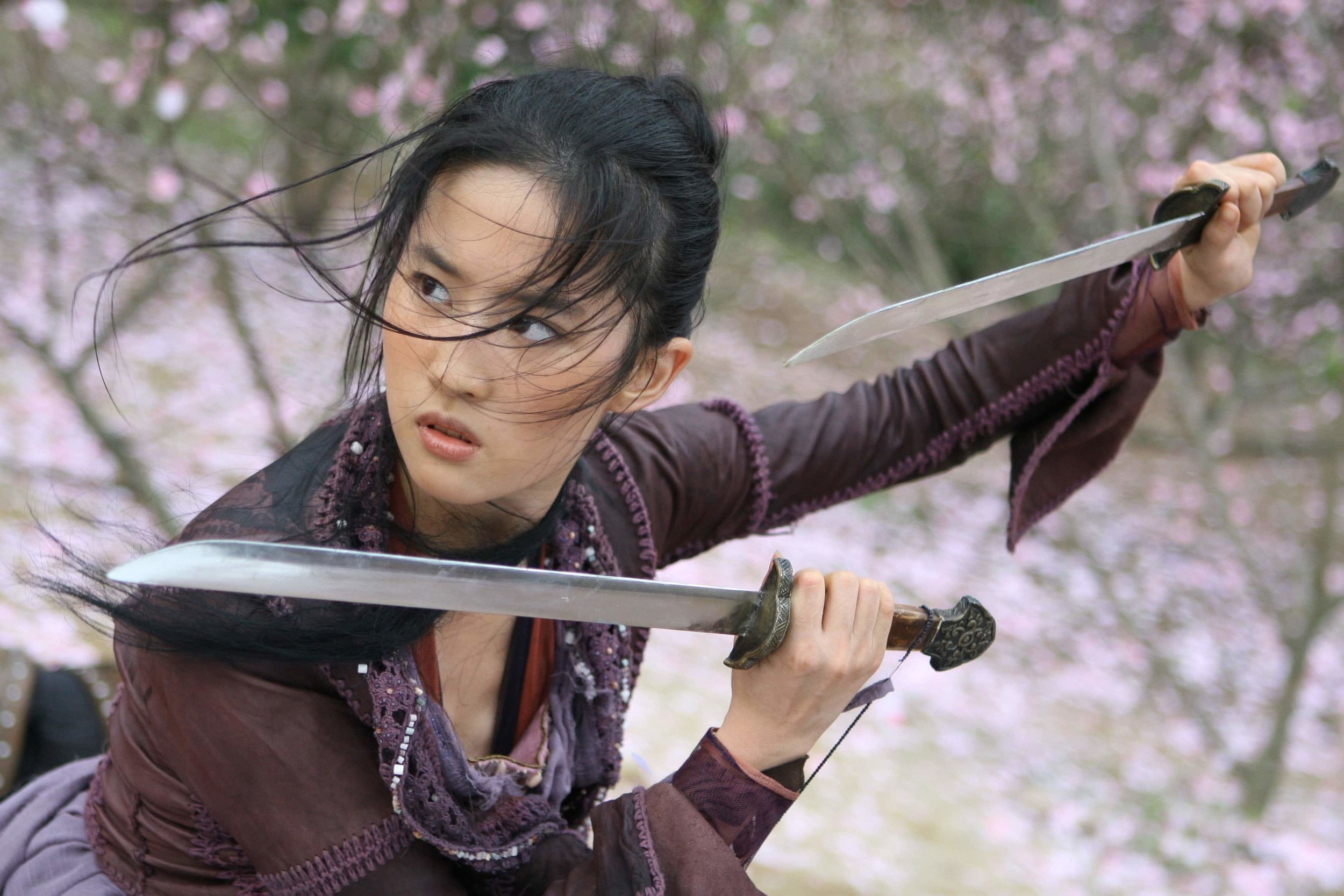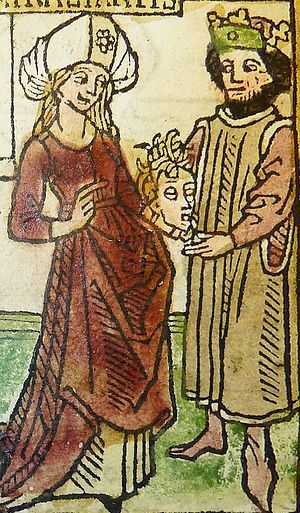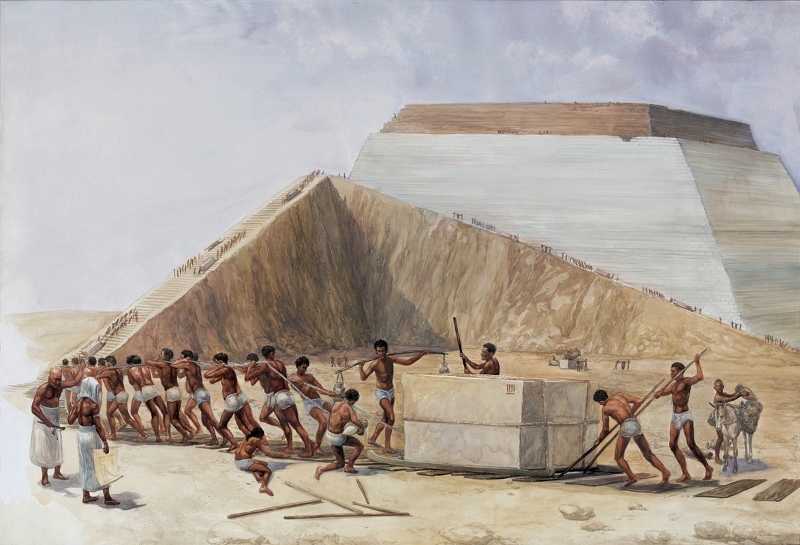Called the “She-wolf of France,” Isabella had it hard from the beginning when she was married to her, presumably homosexual husband, Edward. It was even said that to keep her from losing power, she had to also build an alliance with Edward’s lover.
It was when Edward found a new lover that Isabella’s life went upside down.
During a failed skirmish in Scotland after the death of William Wallace, Edward suddenly decided to flee and abandoned Isabella and her entourage. Before they were captured by the advancing Scottish army, Isabella, her entourage, and a few knights that stayed with her managed to steal boats to escape back to England.
Unfortunately, Isabella did not receive a warm welcome back home. Her lands and her many estates were confiscated, and her household staff were thrown in jail. To add more salt to the wound, her children were sold off to her political enemies.
Sensing that trouble was closing in on her, Isabella regrouped in her home country of France and raised an army and returned to England to overthrow Edward and his new lover, Hugh. She was later joined by multiple factions during her campaign who were equally fed up with Edward.
Sensing that they are close to being cornered, Edward and Hugh fled but were caught. Hugh’s father, who was Edward’s adviser and Isabella’s fiercest political enemy, was also captured and sentenced to be dragged by a horse, hanged, and decapitated.
Hugh suffered a much harsher fate. Like his father, he was dragged by a horse, hanged until he was mostly dead, then disemboweled and decapitated with his head put on a spike on display at the London Bridge.
Due to Edward’s existing political influence and allies outside of England, Isabella had no choice but to place him behind bars where, according to historians, he “accidentally died.”
#2 - Khutulun






